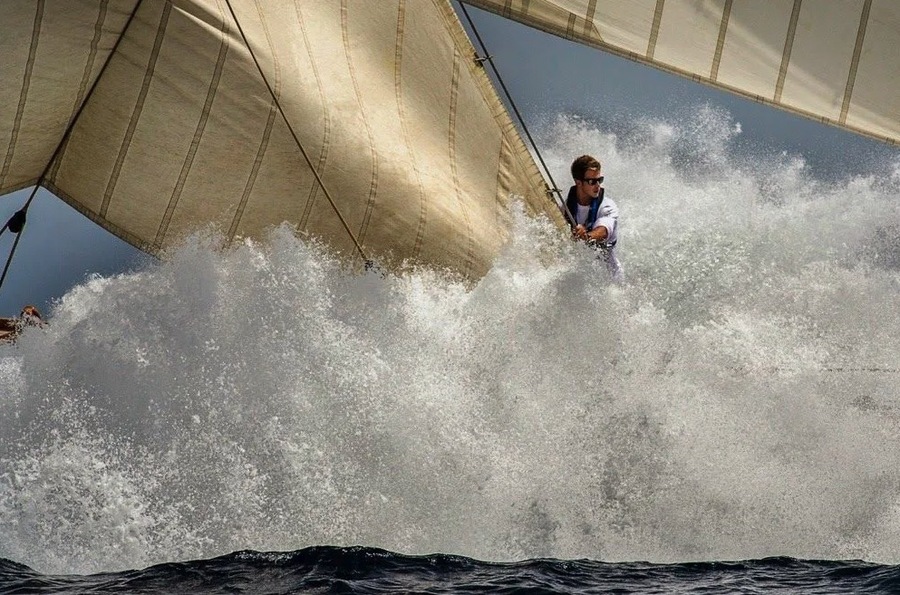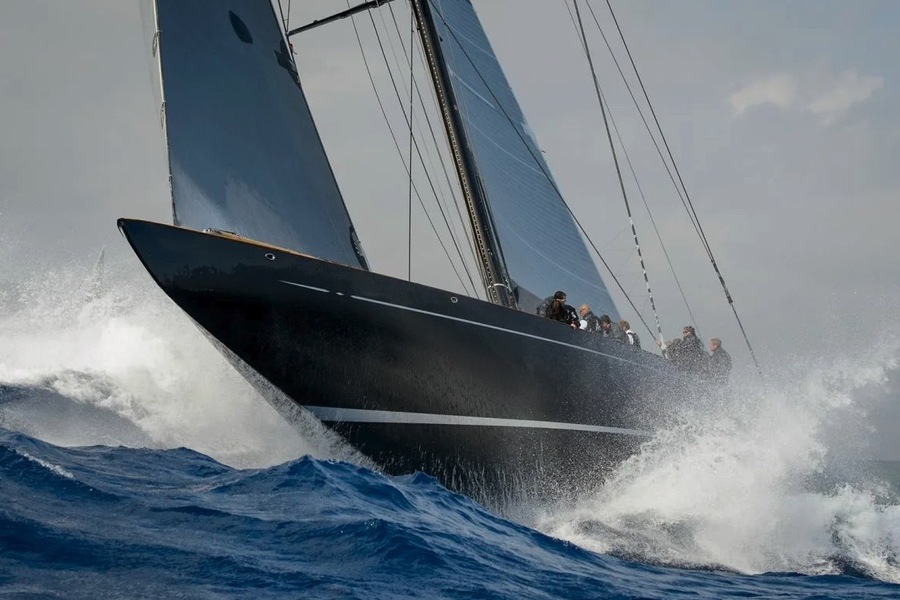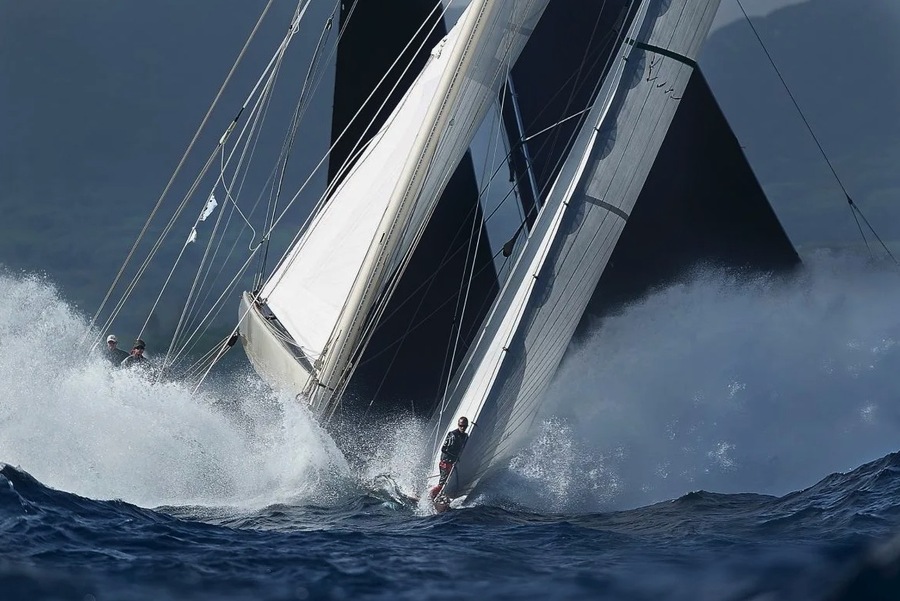Yacht competitions are among the most exhilarating and unpredictable sports. They involve not only the thrill of competing against other yachts but also the challenge of contending with the ocean’s ever-changing conditions. These competitions are called regattas, and they are a test of sailing skill, strategy, and endurance. For those looking to experience the thrill of sailing firsthand, yacht rental Dubai offers an excellent opportunity to enjoy the sea and understand the complexities of yacht competitions.
What is a Regatta?
A regatta is a series of yacht races, typically involving multiple classes of sailing boats. These events can range from short sprints in sheltered waters to long-distance ocean races that test the limits of sailors and their vessels. Regattas often include various courses and may span several days, featuring different stages or legs of the race. They are a celebration of nautical skill and maritime tradition, attracting sailors and spectators from around the world.
The Ocean Race: A Premier Sailing Event
One of the most renowned examples of a regatta is The Ocean Race. This prestigious event is a round-the-world yacht race that challenges the world’s best sailors in an epic test of endurance and teamwork.
History of The Ocean Race
The history of The Ocean Race began in 1971 when Bill Whitbread, the president of the large beer company Whitbread, decided to sponsor the first round-the-world regatta. According to legend, this decision was made in a Portsmouth beer pub over a glass of foamy drink. It took two years to prepare, and on September 8, 1973, 17 yachts took off on this incredible journey. Remarkably, at that time, modern navigation aids did not exist. The crews used paper maps, sextants, and direction finders, and they predicted the weather themselves using barometers. Despite these primitive tools, 14 yachts reached the finish line, and the regatta was deemed a success, despite the loss of three outstanding athletes.
Driven by the thirst for speed and victory, the competition not only continued but grew in popularity. Initially held once every four years, it became so popular that it began to be held every three years. The race was originally called the Whitbread Round the World Race until 1997. In 2001, the Swedish car manufacturer Volvo took over the sponsorship, renaming it the Volvo Ocean Race. Finally, in 2019, Atlant Ocean Racing purchased the regatta from the Volvo Car Group and renamed it The Ocean Race.

The Yachts of The Ocean Race
To participate in The Ocean Race, yachts must meet specific requirements, particularly those of the Volvo 70 class. These are single-hull, single-mast sailing yachts with the following characteristics:
Maximum hull length: 21.5 meters
Maximum draft: 4.5 meters
Sails: Up to 24 sails (plus a trysail) with a total sail area of no more than 360 square meters
Rules and Structure of The Ocean Race
The Ocean Race regatta spans approximately six months, from October to June. The race route consists of nine segments or stages, with a total length of 37,000 nautical miles. Competitors navigate these stages at an average speed of 12-18 knots, with each stage taking about 2-3 weeks to complete. Breaks between stages last from 10 to 20 days. In all ports of call along the regatta route, a racing village is set up, serving as checkpoints or “intermediate” finishes.
A notable record was set when a daily passage was recorded at 602 miles, meaning the yacht averaged a speed of 25 knots. The winner of The Ocean Race regatta is the team that scores the highest total number of points across all stages. During ocean stages, a yacht receives a maximum number of points equal to the number of ships that started the stage. For instance, if seven yachts are participating, the first to finish will score seven points, the second will score six, and so on. Port races and various intermediate competitions also contribute points, though these are worth half as much.
The Technological Evolution of The Ocean Race
Over the years, the technology used in The Ocean Race has evolved significantly. The early races relied on basic navigation tools such as paper maps, sextants, and barometers. Today, crews use advanced GPS systems, satellite communication, and sophisticated weather forecasting tools. These advancements have made the race safer and more competitive, allowing teams to push the limits of speed and endurance.
Modern yachts are equipped with state-of-the-art materials and construction techniques, making them faster and more durable. Carbon fiber and other high-tech composites are commonly used to build hulls and masts, reducing weight and increasing strength. The sails are made from advanced fabrics that optimize performance in various wind conditions.
Environmental Impact and Sustainability
The Ocean Race has also made significant strides in addressing environmental concerns. As the race takes place in some of the world’s most pristine and vulnerable marine environments, there is a strong emphasis on sustainability. The race organizers have implemented measures to reduce the environmental impact, such as minimizing waste, using renewable energy sources, and promoting ocean conservation.
In recent editions of the race, teams have participated in scientific research, collecting data on ocean health, plastic pollution, and climate change. These efforts help raise awareness about the importance of protecting our oceans and contribute valuable information to the scientific community.
The Human Element: Sailors and Teams
The sailors who participate in The Ocean Race are among the most skilled and resilient athletes in the world. The race demands not only physical strength and endurance but also mental toughness and strategic thinking. Crews must work together seamlessly, managing the yacht and navigating through challenging conditions while maintaining high morale and focus.
Each team consists of a mix of experienced sailors and emerging talent, often including Olympic medalists, world champions, and offshore racing veterans. The dynamic and diverse nature of the teams adds to the excitement and unpredictability of the race.

Global Fan Engagement
The Ocean Race captivates millions of fans worldwide. Thanks to onboard cameras and advanced telecommunications, virtually every event on the yachts is broadcast on television, computers, and mobile devices. This level of coverage allows fans to experience the race in real-time, sharing in the highs and lows of the sailors’ journey.
The race’s media presence extends beyond traditional broadcasts, with extensive social media coverage, interactive websites, and dedicated apps. Fans can follow their favorite teams, track the race progress, and engage with content such as behind-the-scenes footage, interviews, and expert analysis.
Conclusion
Yacht competitions, epitomized by events like The Ocean Race, are thrilling spectacles of skill, endurance, and maritime prowess. Understanding the intricacies of regattas and the specific challenges of The Ocean Race provides a deeper appreciation for this demanding sport. Whether you’re a seasoned sailor or a casual fan, the excitement and drama of these competitions offer a unique glimpse into the world of high-stakes sailing.
As technology advances and environmental awareness grows, The Ocean Race continues to evolve, setting new standards for competitive sailing and ocean stewardship. The race’s rich history, technological innovations, and commitment to sustainability make it a captivating and influential event in the world of sports.

Hiking addict, vegan, fender owner, Eames fan and brand builder. Working at the nexus of simplicity and intellectual purity to answer design problems with honest solutions. Concept is the foundation of everything else.
